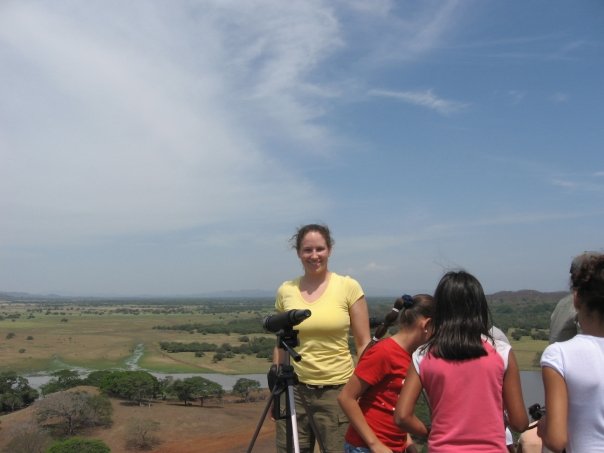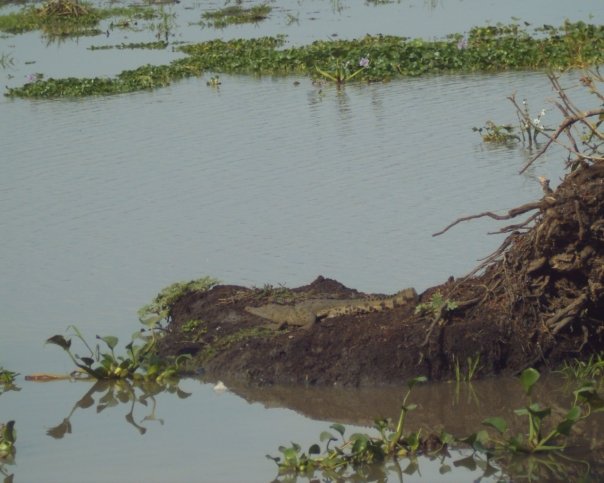Part two from Costa Rica.
After a tiring, yet wonderful first week of school we spend the weekend playing on the beautiful beaches in Samara. Samara was quaint little town about an hour from Nicoya. We rode horses to a sea turtle reservation in Bueno Vista- it was really a neat thing to experience.
School at San Ambrosia has gone over without a hitch so far. It does take some adjusting from the strict schedule back in The States to feeling productive in the oh-so-relaxed environment we are currently teaching in.
I have a different experience from everyone else, considering I´m working with three different teachers/park personnel. Usually three days a week I´m teaching English with Harold to 7th, 8th and 9th graders. This was a little difficult for me at first, because I´m used to teaching science, which is in no fashion related to how to teach English to native Spanish speakers.
The students seem to enjoy it more when I teach English, as they teach me Spanish. The students typically work from a book and proceed through the units as they are planned out through the book. At first it was really odd not to be teaching to meet objectives from a North Carolina Standard Course of Study.
I´m also working on a school environment project with Diego, who is a science/environmental teacher at San Ambrosia. This has been difficult in that he doesn´t speak English and I´m not quite there yet with Spanish. Hopefully, we can establish some type of recycle program for the school--we´ll see! He currently has a gardening and composting project in place, and I will assist with these.
Today was my first day working with the National Park Service. Anna and Andres are the people I will be working with. It all started with a walk to town at 6:00AM, where they picked me up. We drove through the country picking up students at three small schools outside of Nicoya. We took them to Palo Verde, which is on the Tempisque River.
For about four hours we identified different birds, including the Jabiru, a stork that is on the brink of extinction. It´s actually one of the largest storks in the world. Anna and Andres were very excited to see four juveniles considering it takes almost an entire year for offspring to develop to the point they can leave the nest (nido in Spanish). Andres also told me in broken English that this was a minor miracle to have four offspring from one nest.
We observed other wildlife including crocodiles, hogs, lizards, fish not to mention a massive amounts of bugs. And, I got to see my third monkey on the way home. The students were all very interested and engaged throughout the trip. I wish students back home could have these experiences, which would, without a doubt, help to promote science and environmental awareness as well appreciation for nature as it we know it today. I´m really, really excited about more opportunities to work the Costa Rica Park Service.
Picture from the top of a mountain in Palo Verde from my day with the Park Service.

Crocodile in Palo Verde!
